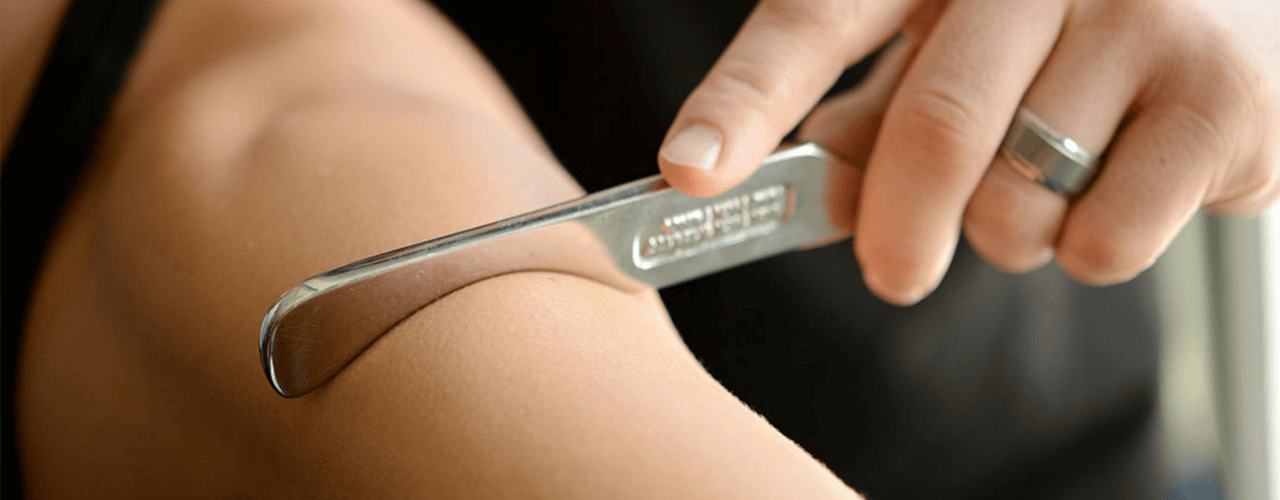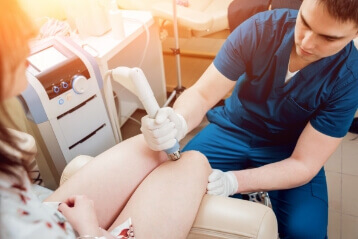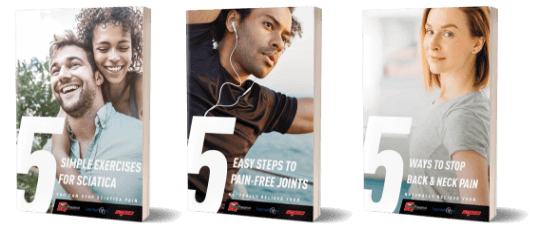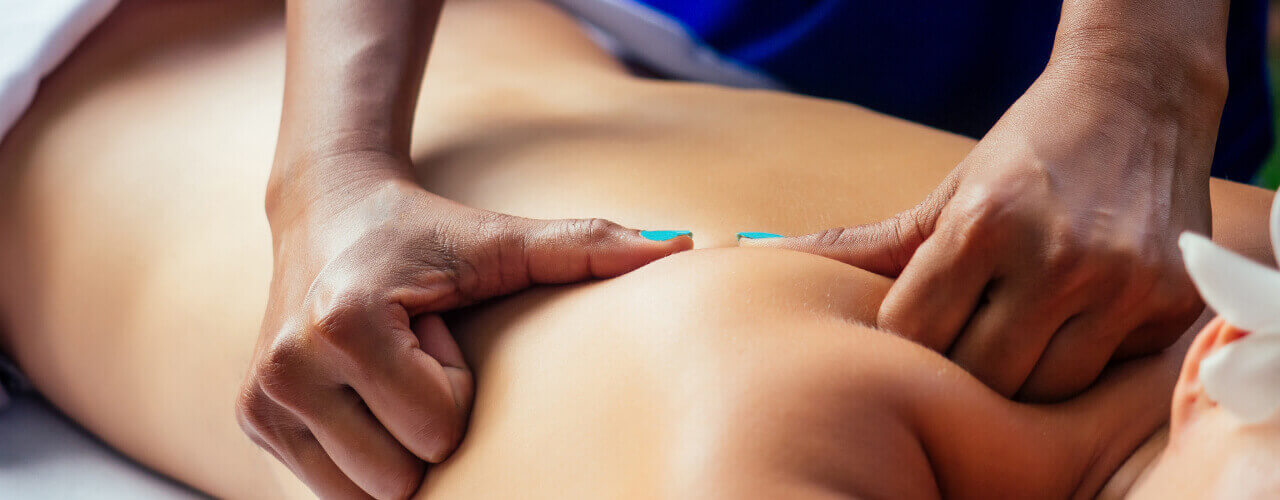Graston Technique Burlington, ON
IASTM is the acronym for instrument assisted soft tissue mobilization. It also is directly associated with the Graston brand. The Graston technique is a type of manual therapy that utilizes specialized ergonomic tools that massage and scrape the skin gently. The Graston technique uses a set of stainless steel instruments to help soft tissue injuries to the connective tissues, muscles, neurological tissues and skin. It is effective for soft tissue injuries like repetitive stress injury, strains, sprains and subluxations. This soft tissue mobilization technique treats a wide number of conditions, including quadricep pain, rotator cuff pain, carpal tunnel syndrome, lower back pain, plantar fasciitis, tennis elbow and even headaches. This technique has had proven results for patients.
How a Physiotherapist Implements the Graston Technique
The first part of the treatment is a warm-up. Areas of the soft tissue fibrosis are moved to make the scar tissue more receptive. A stainless steel tool is used to follow the affected soft tissue injury. The edge of the tool slowly slides along the skin surface and comes into contact with what is known as adhesions. It’s scar tissue, and the clinician rubs over the adhesions with the tool to cause movement. It’s this friction that helps heal soft tissue injuries. The area of the injury is treated with repeated movements of the tool rubbing over and around it. The rate of rubbing and amount of pressure are adjusted during treatment. After treatment, the affected area is stretched. A physiotherapist may apply cold packs if there is any soreness. Typically, patients receive two treatments for a week over a period of about five weeks. Patients can expect relief by the third or fourth treatment. Other healthcare providers who utilize IASTM include occupational therapists, chiropractors and athletic trainers.
The benefits of the Graston technique include:
- Increased rate of volume and blood flow to affected areas to enhance healing
- Breakdown of collagen cross-links
- Boost in cellular activity for good health
- Reduction in inflammation
- Reduction in pain for better quality of life
- Increased mobility and ability to perform daily tasks
The Theory Behind Graston: It’s Science Based
Scar tissue is a type of fibrous connective tissue that receives less blood than normal tissue and stretches much less. It tends to be thick and may build up around the ligaments, tendons and muscles after an injury. The buildup of soft tissue is referred to as adhesions. Injuries that may result in adhesions include shin splints, pulled hamstrings, meniscal tears and much more. When an individual is injured, adhesions and scar tissue may occur either in the tissues or in the skin. It is believed that scar tissue and adhesions prevent the underneath body structures from moving properly. This is because the ligaments, tendons and muscles are unable to freely move. It’s problematic because scar tissue and adhesions may bend to fascia and cause a condition known as fascial restriction. Adhesions and scar tissue can also occur on a smaller scale as a result of a cross-linking of muscle fibers. Over time, even the wear and tear of everyday life can cause muscle fibers to adhere to each other irregularly. With IASTM and the Graston technique, the treatment causes a muscle fiber separation, which releases pain and increases functional mobility.
Facts on the Graston Technique
Here’s the skinny on the Graston technique. It’s a technique that is embraced by many.
- More than 31,000 clinicians worldwide use it
- Part of the curriculum at more than 50 colleges and universities
- Used by more than 500 professional and amateur sports organizations
- Applied at more than 3,600 outpatient facilities
- Used by 16 NBA teams, 18 NFL teams, 16 MLB teams
Are you suffering from a soft tissue injury? Do you have a sports injury or injury from a car accident? Do you have scars or adhesions that are causing pain and limiting your movement? Make a request today to Contact Us at Burlington, ON and learn how the Graston technique can get you on the road to recovery. Our physiotherapists are trained and experienced in this technique. Meet with us for a one-on-one consultation and comprehensive evaluation. Our goal is to help you live life to the fullest and without pain. We are committed to helping you heal.




